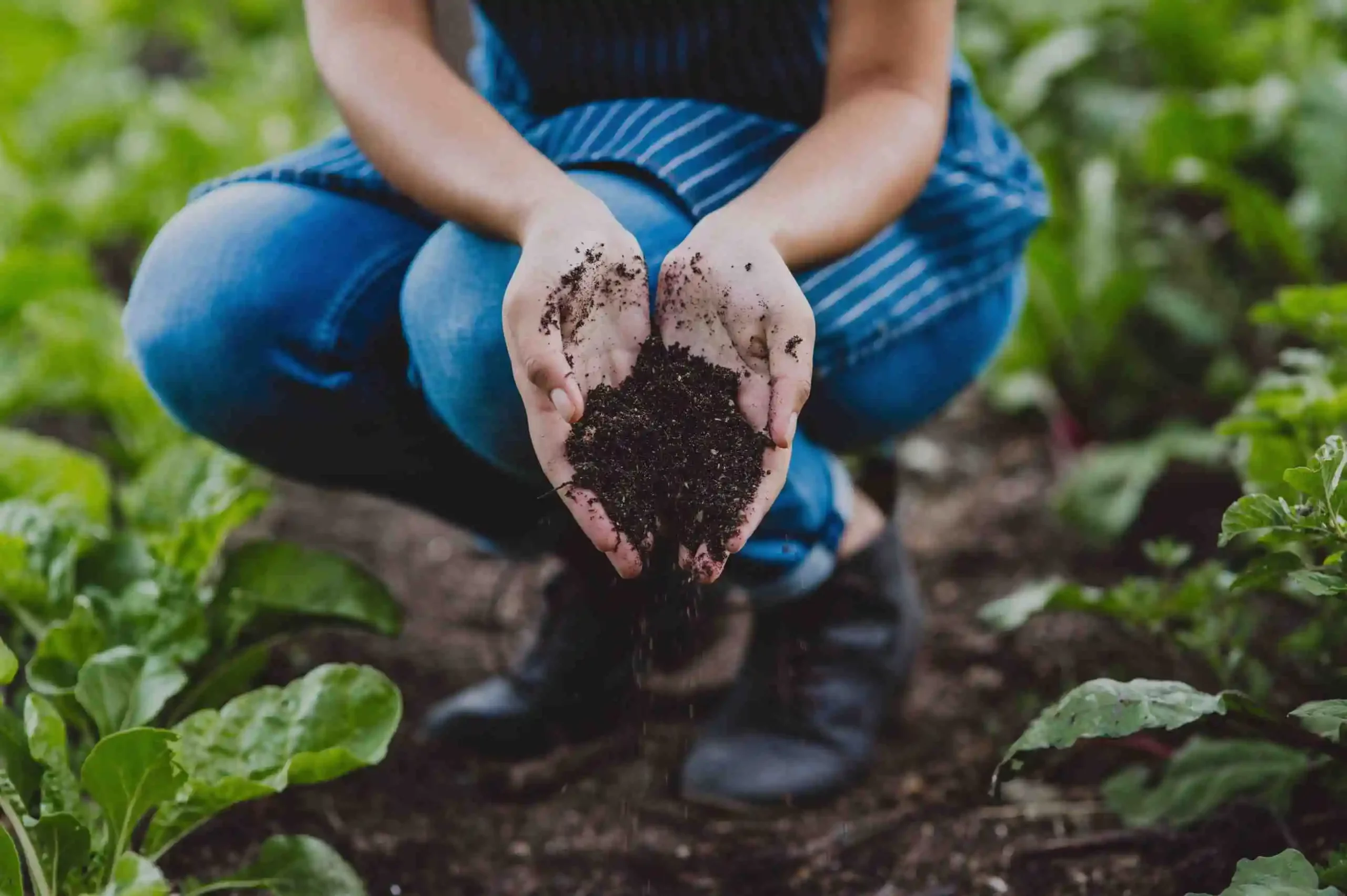Gardening is more than just a hobby—it’s a rewarding and fulfilling way to connect with nature, beautify your surroundings, and grow your own fresh produce. Whether you’re a seasoned gardener or a novice with a budding interest in plants, having a few essential gardening tips up your sleeve can help you cultivate a thriving garden and enjoy a bountiful harvest. In this comprehensive guide, we’ll explore some green thumb secrets and essential gardening tips that every homeowner should know to transform their outdoor space into a lush and vibrant oasis.
1. Start with the Right Soil
Good soil is the foundation of a successful garden. Before planting anything, take the time to assess your soil and make any necessary amendments to improve its texture, structure, and fertility. Test your soil’s pH level and nutrient content, and add organic matter such as compost, aged manure, or peat moss to enrich the soil and provide essential nutrients for plant growth. Choose a well-draining soil mix that retains moisture without becoming waterlogged, ensuring optimal growing conditions for your plants.
2. Choose the Right Plants for Your Climate
Selecting plants that are well-suited to your climate and growing conditions is essential for a successful garden. Research the hardiness zone and microclimate of your area, and choose plants that thrive in your specific conditions. Consider factors such as temperature, sunlight, rainfall, and soil type when selecting plants for your garden. Opt for native and drought-tolerant plants whenever possible, as they are adapted to the local climate and require less maintenance and water.
3. Provide Adequate Watering
Proper watering is crucial for the health and vitality of your garden plants. Water your garden deeply and infrequently, allowing the soil to dry out slightly between waterings to promote healthy root growth. Water plants at the base rather than overhead to minimize moisture-related diseases and conserve water. Use a soaker hose, drip irrigation system, or watering wand to deliver water directly to the roots of your plants, ensuring efficient and effective watering.
4. Mulch for Moisture Retention
Mulching is a simple yet effective way to conserve moisture, suppress weeds, and improve soil health in your garden. Apply a layer of organic mulch such as shredded bark, straw, or compost around your plants to help retain moisture in the soil and regulate soil temperature. Mulch also provides a protective barrier against weeds, reducing the need for manual weeding and minimizing competition for nutrients and water. Replenish mulch as needed throughout the growing season to maintain its effectiveness.
5. Practice Regular Maintenance
Regular maintenance is key to keeping your garden healthy, vibrant, and productive. Take the time to inspect your plants regularly for signs of pests, diseases, or nutrient deficiencies, and address any issues promptly to prevent them from spreading. Prune dead or damaged foliage, deadhead spent flowers, and remove weeds regularly to keep your garden looking tidy and well-maintained. Fertilize your plants periodically with a balanced fertilizer to provide essential nutrients for healthy growth and development.
6. Embrace Organic Pest Control
Pest control is an inevitable part of gardening, but it doesn’t have to involve harmful chemicals. Embrace organic pest control methods to keep unwanted pests at bay while protecting beneficial insects and wildlife in your garden. Use natural predators such as ladybugs, praying mantises, and birds to control pest populations naturally. Plant companion plants that repel pests or attract beneficial insects, such as marigolds, basil, and dill. Handpick pests, use physical barriers such as row covers or netting, or spray organic insecticidal soap or neem oil as needed to manage pest infestations.
7. Harvest at the Right Time
Knowing when to harvest your garden produce is essential for optimal flavor, texture, and nutritional value. Harvest fruits and vegetables at their peak ripeness for the best taste and quality. Use visual cues such as color, size, and texture to determine when to harvest, and taste-test regularly to gauge flavor and sweetness. Harvest leafy greens, herbs, and other tender crops frequently to encourage continued production throughout the growing season. Handle harvested produce gently to minimize bruising and damage, and store it properly to prolong freshness and shelf life.
8. Enjoy the Fruits of Your Labor
Above all, remember to enjoy the process of gardening and savor the fruits of your labor. Gardening is a journey of growth, learning, and discovery, and every season brings new challenges and rewards. Take time to relax and appreciate the beauty of your garden, whether you’re admiring a colorful flower bed, harvesting ripe tomatoes from the vine, or simply enjoying the sights and sounds of nature in your outdoor sanctuary. Share your gardening successes with friends and family, and celebrate the joys of gardening together.
By following these essential gardening tips, you can cultivate a thriving garden and enjoy the many benefits of gardening for years to come. Whether you’re growing flowers, vegetables, herbs, or a combination of all three, a little knowledge and a lot of love are the keys to a successful garden. So roll up your sleeves, dig in the dirt, and let your green thumb guide you on a journey of growth, beauty, and abundance in your garden.


